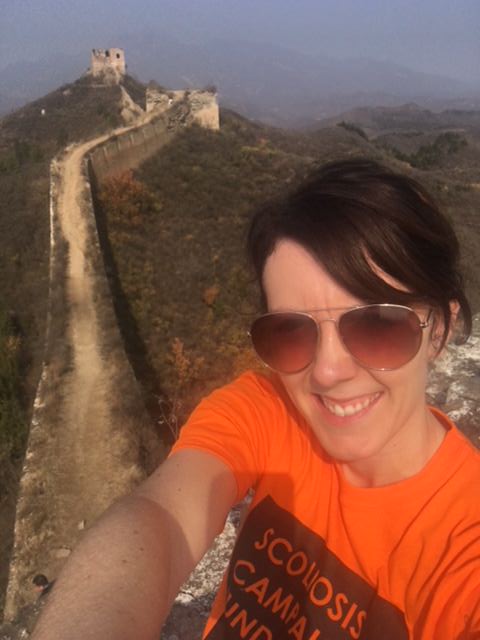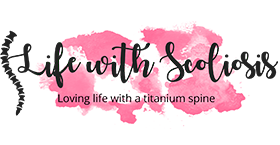
Scoliosis Symptoms

What are the symptoms of Scoliosis?
The thing about scoliosis is, when it first starts to develop, especially in children, often there aren’t any symptoms. It’s often only when the scoliosis starts to progress to a level where intervention is needed, that scoliosis is noticed. This is why early detection is crucial, as the sooner it is spotted, the better the outcome often is for treatment.
Scoliosis affects everyone differently and the symptoms can vary, depending on the type of scoliosis, severity, and location of the scoliosis curve(s).
The 10 most common scoliosis symptoms are listed below:
- Rib Protrusion
- One shoulder blade higher than the other
- Uneven Waist
- Uneven Hips
- Tilting to one side
- Chronic back pain
- Muscle spasms
- Nerve pain
- Numbness / pins and needles
- Mental health issues -anxiety/depression
In this post, I will talk through some of the common symptoms of scoliosis when it develops in teenagers. This type of scoliosis is called Adolescent Idiopathic Scoliosis and is the type of scoliosis I was diagnosed with. It most commonly develops in girls between the ages of 10 and 15.
Rib Protrusion
The main symptom of scoliosis that is often noticed is rib protrusion.
As the spine curves, it rotates the ribs and this can cause the rib cage to protrude on one side of the back and for ribs to stick out on one side at the front as well. I remember, one of my ribs sticking out at the front was one of the first things I noticed when I was a teenager.
Scoliosis is most noticeable when bending forward and this is a common test to do when checking for scoliosis – it’s called the Adams Bend Forward Test. The rotated ribs can also cause the chest to appear uneven, and girls may notice a difference in breast size or how bras fit on one side.
Shoulder Blade Protrusion
Linked to this is usually one shoulder blade protruding more on one side, and when scoliosis is developing, you may start to notice discomfort when sitting on certain chairs. You may also notice that some of your clothes don’t hang right.
Uneven Waist/Shoulders/Hips
Other things to look out for include an uneven waist, where one side of the waist is curved inwards and one side is straight. One shoulder may appear higher than the other as well. Depending on where the scoliosis curve is, hips may appear uneven or tilted and sometimes a person may be permanently tilted to one side, with their head off-centre.
In many cases, there are often two curves (like in my case) and when this happens the scoliosis can be difficult to spot and it can go unnoticed for some time. This is because the two curves balance out and the person can look relatively straight.
The best way of checking for scoliosis is to have the person bend forward and then watch their back for signs of uneveness and rib protrusion. In severe cases, or people that are very slim, when bending forwards you may even be able to see the curve of the spine.
Chronic Back Pain
Other symptoms of scoliosis include chronic back pain, including muscle spasms and stiffness, although this is more common in adults with scoliosis. Scoliosis can also cause neurological issues like numbness and pins and needles in the back arms and legs.
In severe cases, scoliosis can affect the lungs and breathing, but this would only be the case in very severe cases that were left untreated.
Mental Health Issues
Having scoliosis can majorly affect body image and self esteem, especially in children and teenagers, and the condition, as well as dealing with chronic pain, can lead to anxiety, depression and mental health issues.
To find out more about the symptoms of scoliosis, or if you need any support or advice, I would recommend contacting the Scoliosis Association UK.
If you suspect you or someone you know may have scoliosis, it’s very important to go to the Drs and get diagnosed with an X-ray.
Most people with scoliosis (including myself) live normal lives and can do most activities, including sports.
However, it is crucial it is spotted and treated early, and it can progress very rapidly in growing teenagers, so don’t delay in getting it checked out.
If you’ve enjoyed this post, please do follow me on Instagram, Facebook and Pinterest and be sure to subscribe to my YouTube channel!
Pin it!

I had scoliosis surgery in 2010 and blog about my experiences living with scoliosis. My aim is to raise awareness of scoliosis and help and inspire others with the condition.





